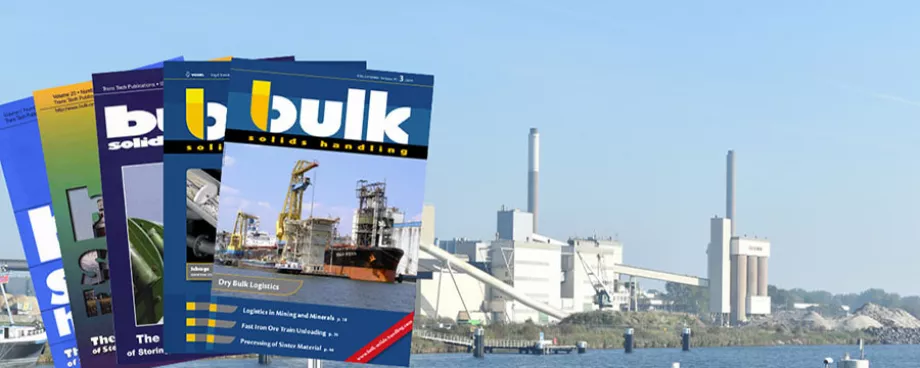Belt bucket elevators are normally constructed with either a fabric carcass belting or steel cable belting. The fabric carcass (usually polyester or nylon) is preferred because of:
- lower initial cost,.
- bolt retention characteristics,.
- ready availability.
Steel cable belting is used for its:
- high load capacity,.
- lower stretch properties.
Regardless of belt construction the elevator can perform only as reliably as the splice joining the belt ends together.
The polyester (synthetic) carcass with PVC covers is used when the temperature of the material handled is less than 200 °F. Temperatures of 200-400 °F require specially compounded rubbers for the cover material. Belting of the single-ply construction, with its interwoven construction, provides superior fastener retention.
Particularly for bucket elevator service belting with a fabric carcass possesses one undesirable characteristic elongation or stretch. Depending on the carcass material and type of weave stretch can vary from 2% to 3.5%. On a 200 ft tall elevator, this can mean removal of up to 14 ft of belting before stabilization. The design of the elevator take-up must minimize re-splicing and permit removal of as much belting as possible, usually 4-5 ft with each re-splicing. Removal of this initial stretch through re-splicing demands the splice be of simple construction for quick replacement.
Steel cable belting is used to minimize stretch, provide load ratings in excess of 1 200 piw, and, for certain high temperature applications. For a 200 ft tall elevator, the total belt elongation should not exceed 1% or 4 ft of growth. A properly designed elevator will allow for this growth and not require re-splicing.
■







